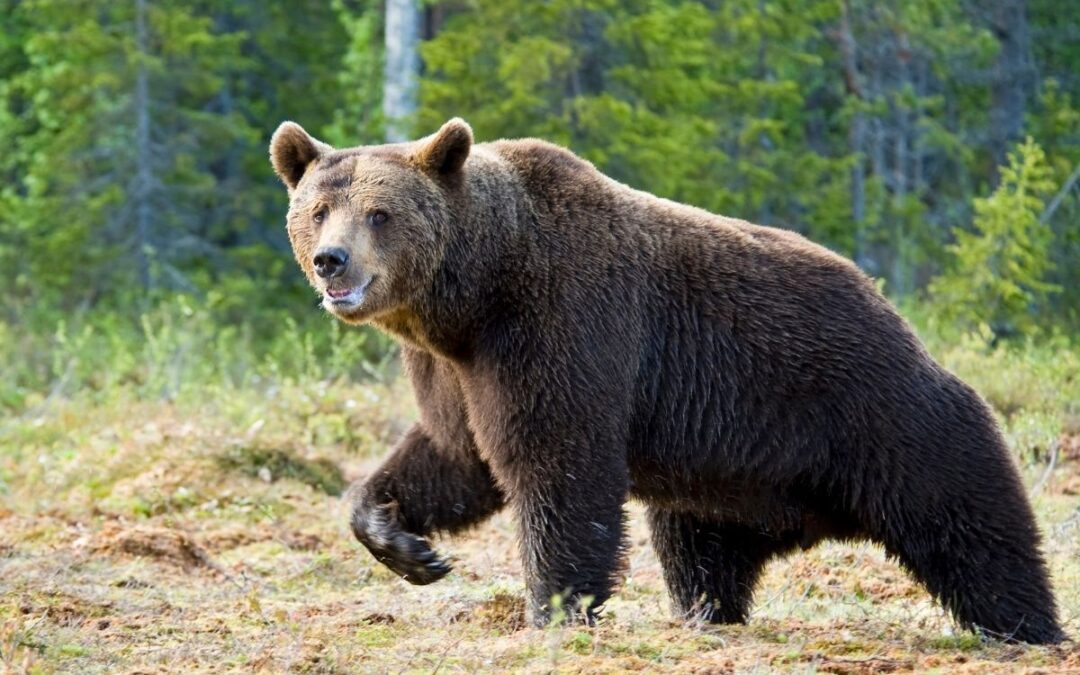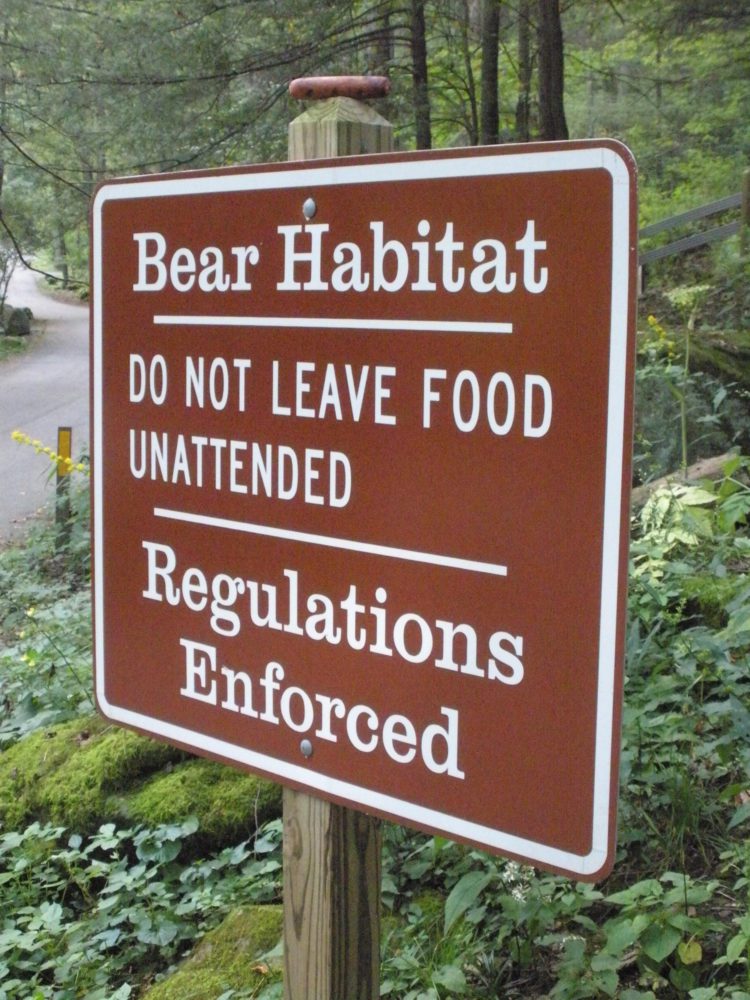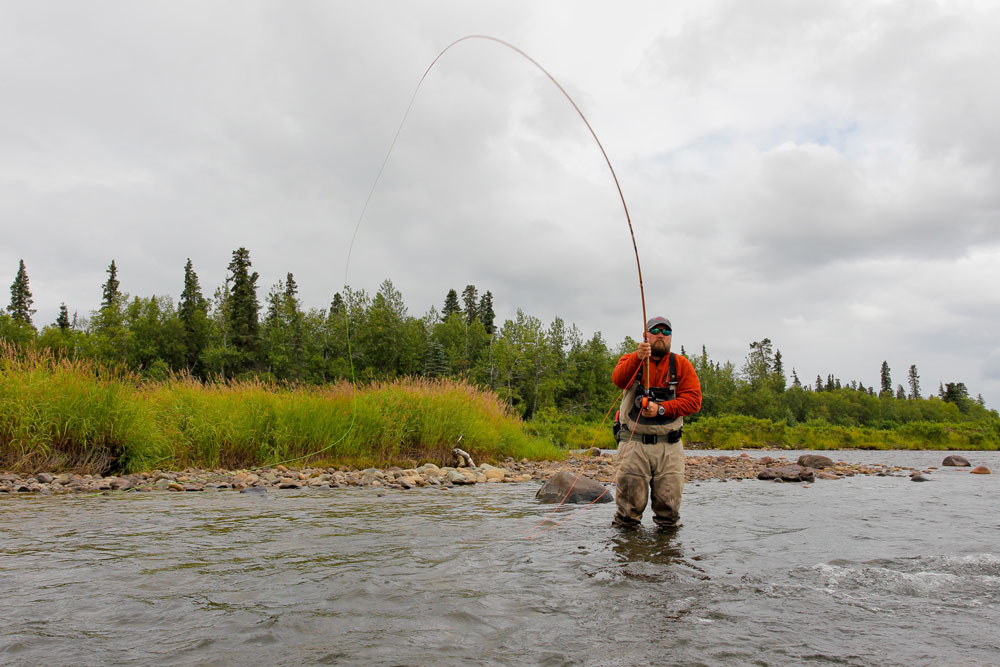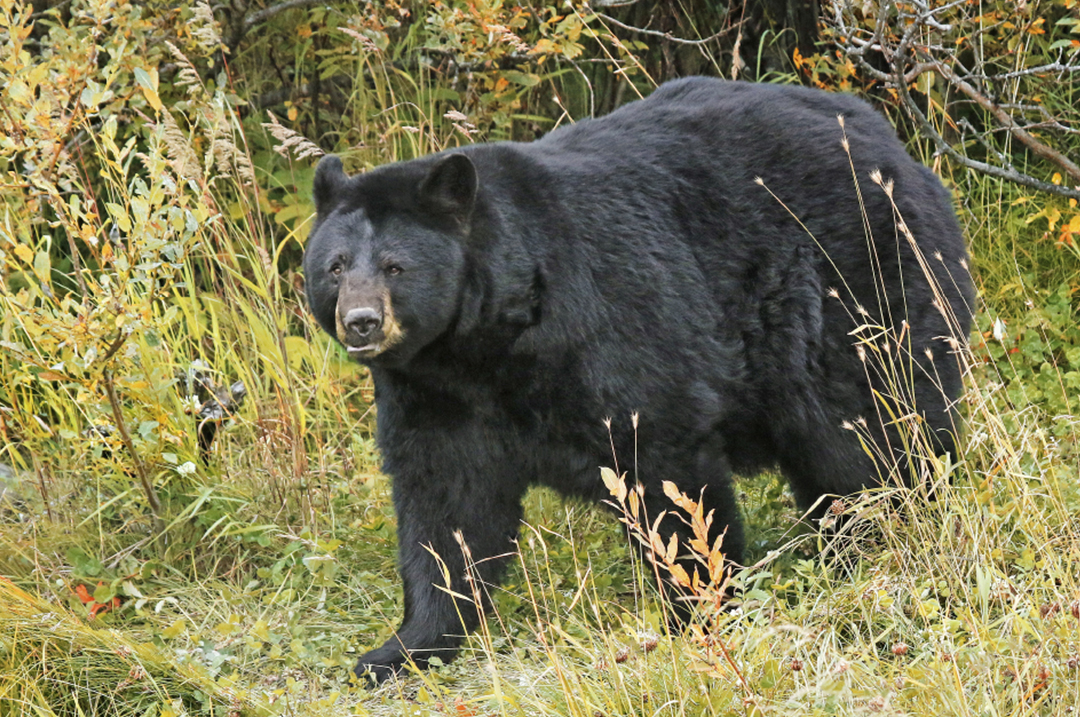One lesson learned by every student of bear necessities is that bears deserve respect. Here are some tips on how to behave around bears in the wilderness.
Backwoods travelers learn many skills, some not because they plan to use them, but because they hope not to. In this category, you can include administering first aid, living without toilet paper and running into bears.
Learning about bears requires not only picking up new ideas, but forgetting a few preconceived notions. For instance, when I was growing up, I thought three kinds of bears roamed the woods: black bears, grizzly bears and Big Ol’ Bears. Black bears ate honey, grizzly bears ate fish and Big Ol’ Bears ate people.
Usually Big Ol’ Bears showed up in late-night stories told under the questionable notion of pumping a kid full of scary stories to put him to sleep. The story usually went like this:
“There we were, minding our own business, when suddenly out stepped a Big Ol’ Bear!”
Just as an aside, “minding our own business” was also a key phrase, and along the way I decided this was a prerequisite to trouble and something I have since tried to avoid.
As most naturalists know, bears are actually quite tolerant, and if you want proof, look at the tale of Goldilocks. She broke into the bears’ house, ate their food, damaged their chairs, slept in their beds and was then caught on the premises. The bears had her outnumbered three to one and let her off without so much as a warning ticket. Even Goldilocks must hold bears in high esteem.
Of course, the bears’ view of Goldilocks is probably a bit different.
One lesson learned by every student of bear necessities is that bears deserve respect. To have some notion of a bear’s majesty, simply go back and read the notes of Lewis and Clark as they traveled to the Pacific. Judging from their comments, the bears chased them across the continent.
Lewis and Clark were in awe of the grizzly’s strength and power and encouraged their men not to engage the Great Bear if alone. This was an easy agreement to reach since grizzlies had already encouraged the men to hide in terror, jump into rivers and run like roaches when the lights go on.
More recently, natural history writers have described the presence of bears as an indicator of wilderness. For an area to be truly wild, they say, a predator of man is required. Maybe so, but I’d bet that’s one wilderness experience they were not having when they made this comment.
Still, wilderness travelers need to know how to behave around bears. Experts suggest that if confronted by a bear in open territory, you should roll over and play dead. I have a problem with that. I would hate to spend my last minutes imitating a possum. Besides, I would probably get a bear that plays with his food.
Lying perfectly still while a bear rolls you back and forth to see if you really are dead would take tremendous self-control, particularly of your bladder.
The worst reaction, according to the experts, is running, since that is the natural reaction of many bear foods, and bears can outrun a racehorse. But then again, with the right motivation, so could I.
It has been proven, however, that in most situations, bears will run the other way. So apparently, we’re either out of season or not all that good to eat.
Of all the bears, the least predictable is the grizzly. All you can really say for sure is that the grizzly tops the food chain, and it’s in your best interest to avoid becoming a missing link. Bears are classified as omnivorous, which means they consume plants and animals. In other words, whether it moves or not, they eat it. This is another good reason not to play possum.
Were Lewis and Clark alive today, they could speak from experience about bear encounters. Of course, if the conversation took place in bear country, they would probably talk about the bear’s ability to outrun racehorses while they quietly tied your shoelaces together. No doubt they learned that the question is not always whether you can outrun the bear.
Note: “Bear Necessities” is an excerpt from an award-winning collection of humor on the outdoors titled The Winter of Our Discount Tent.
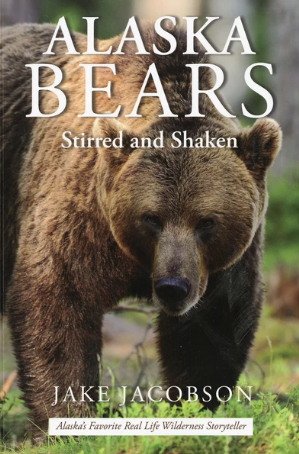 Alaska Bears: Stirred and Shaken is a collection of 24 stories describing Jake Jacobson’s personal experience hunting and guiding for all the species of bears in Alaska. Bear biology, hunting techniques, cabin depredations and avoidance thereof, and other aspects of bear pursuits are detailed. These are true stories except for the names of some of the hunting guests from Jake’s fifty years of living and hunting in Alaska. Buy Now
Alaska Bears: Stirred and Shaken is a collection of 24 stories describing Jake Jacobson’s personal experience hunting and guiding for all the species of bears in Alaska. Bear biology, hunting techniques, cabin depredations and avoidance thereof, and other aspects of bear pursuits are detailed. These are true stories except for the names of some of the hunting guests from Jake’s fifty years of living and hunting in Alaska. Buy Now

